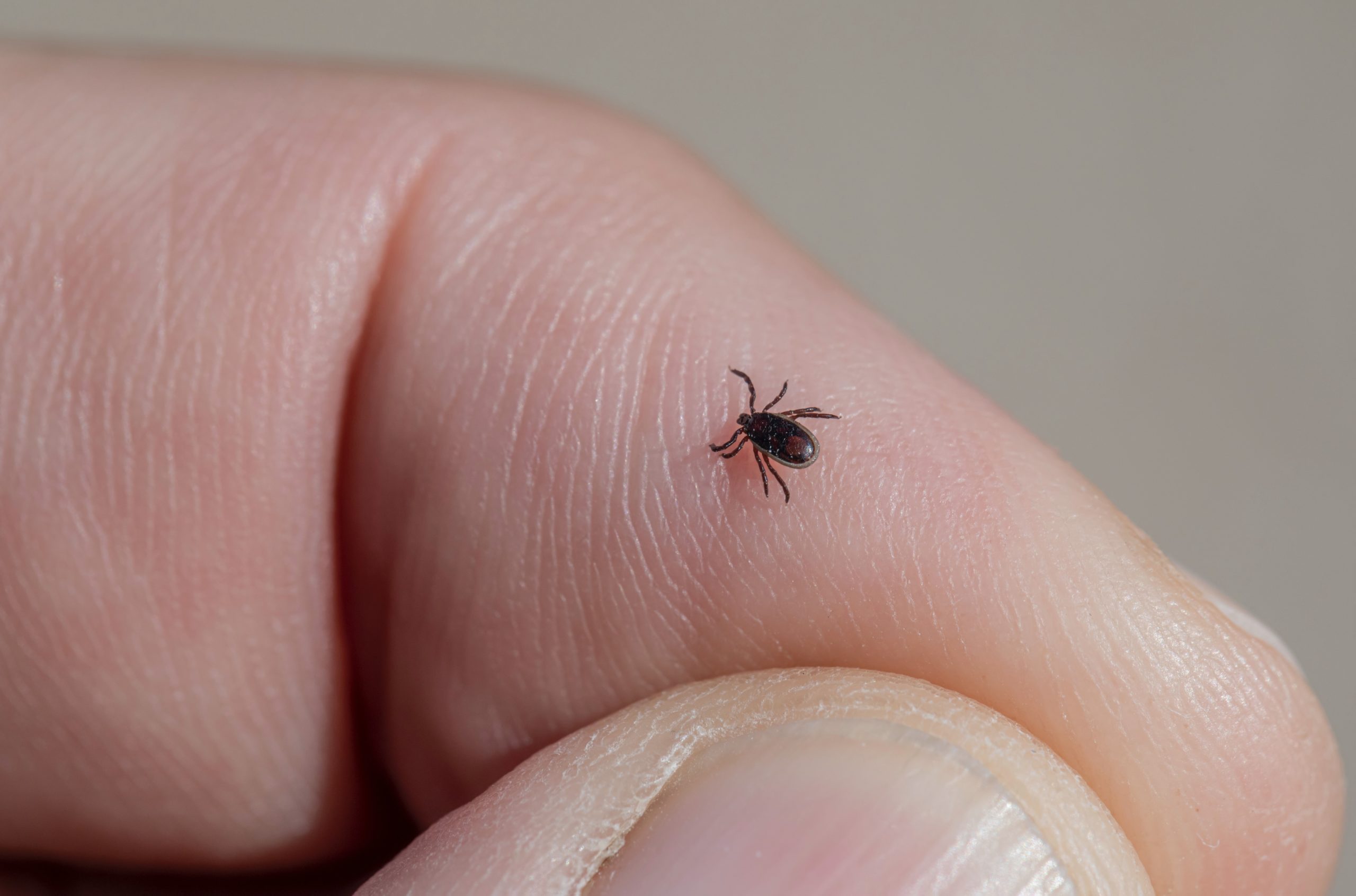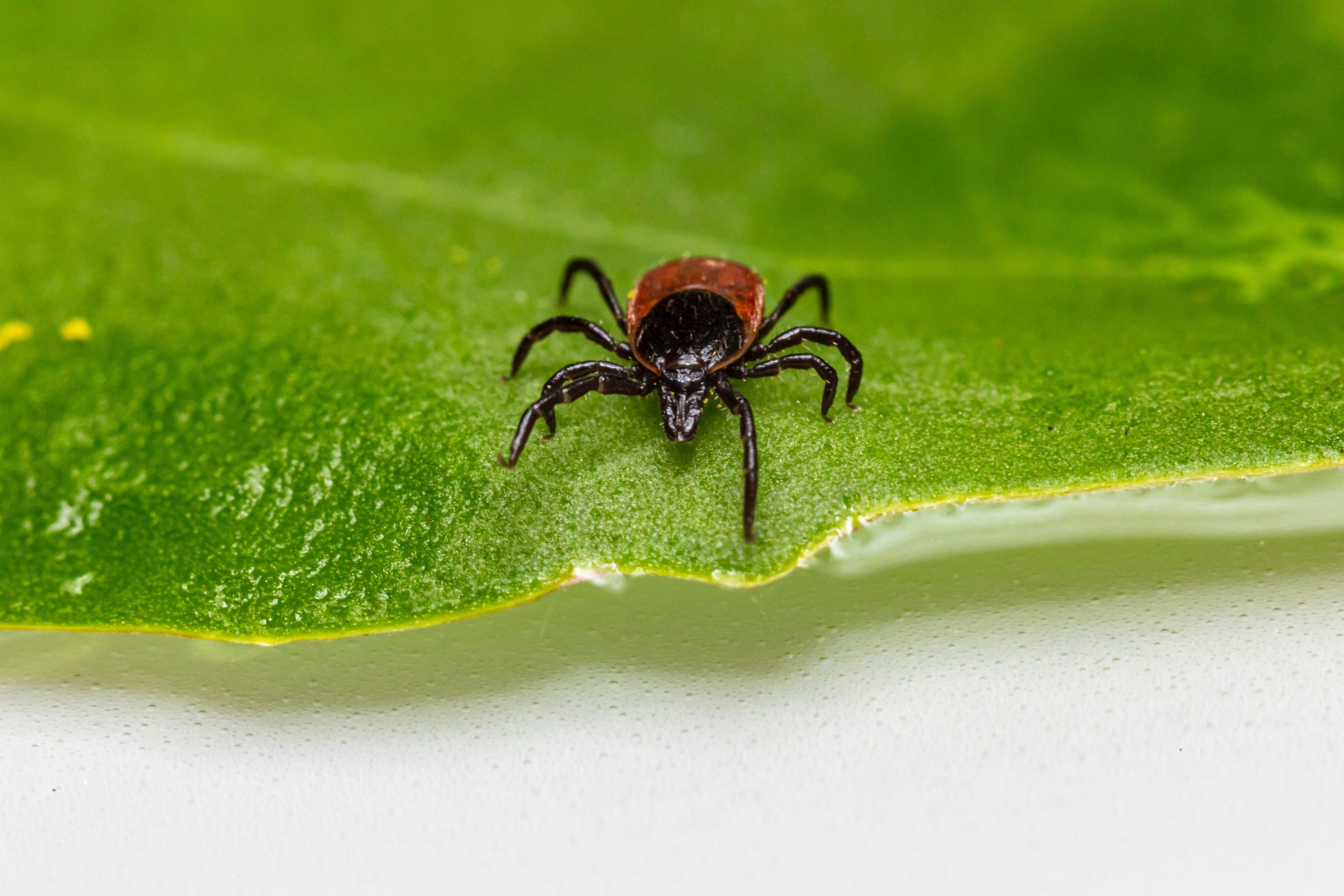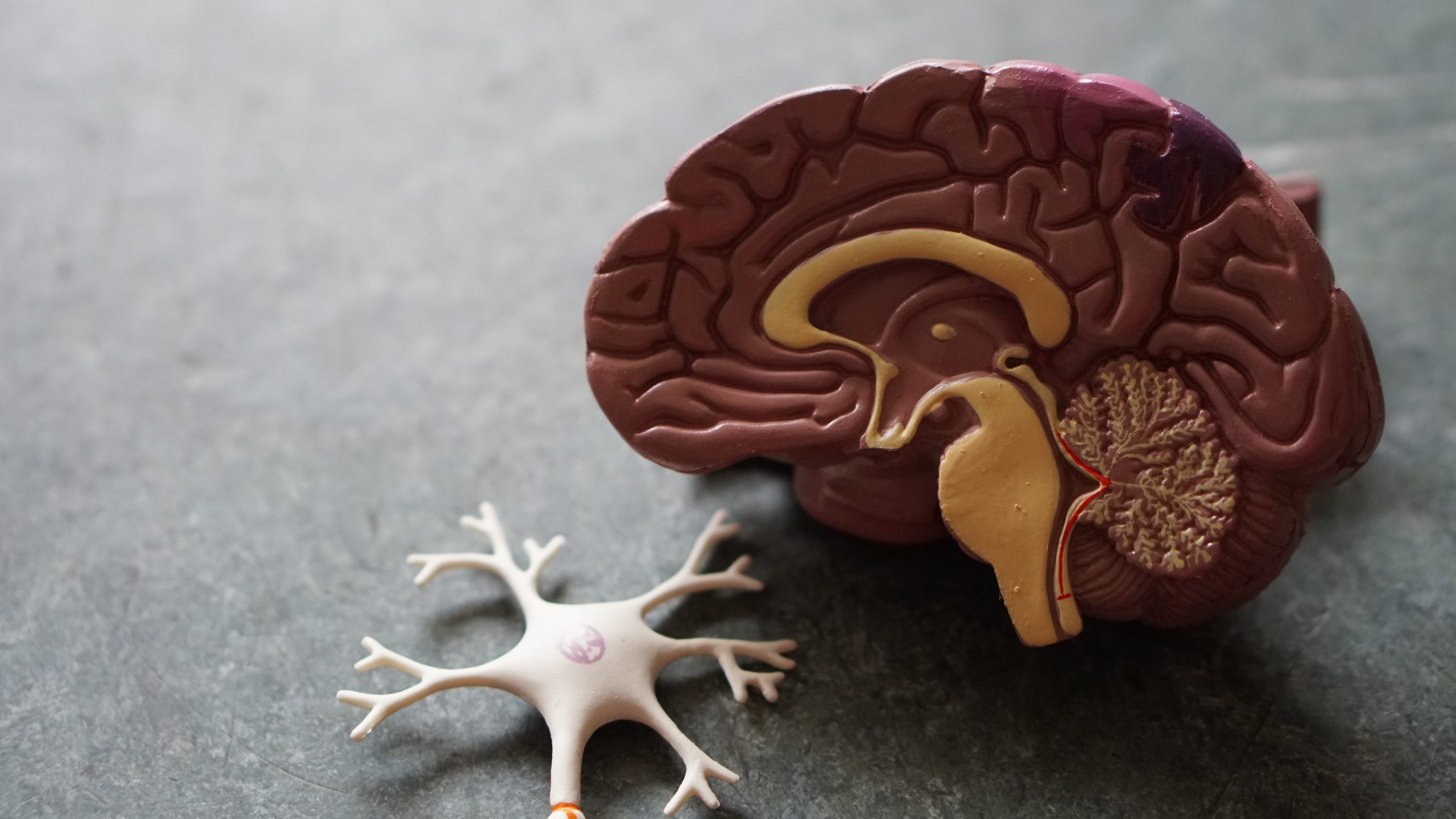Ticks are considered arthropods and belong to the same family as spiders and mites, Ixodes. They have two body segments, 8 legs in the adult form, and do not have wings or antennae. They have 4 life stages including egg, 6 legged larvae, 8 legged nymphs, and 8 legged adults. The larvae, nymph, and adult … Read More “All About Ticks” »
Tag: tick-borne illness
Babesiosis, often a co-infection of Lyme Disease in humans, was first identified by Victor Babes in the late 19th century in Romanian cattle and the disease at that time was coined “Red Water Fever.” However, Babesia infection in humans was not confirmed until 1956 in a Yugoslavian farmer. Babesia is a protozoan intracellular red blood cell … Read More “What is Babesia?” »
Most patients with neurological Lyme Disease and coinfections (i.e., MS, ALS, Parkinson’s Disease, Autism), have elevated levels of ammonia toxicity in the brain which is neurotoxic. This is due to the fact that the spirochete, Borrelia burgdorferi, produces urease enzymes, and ammonia accumulation results. Sometimes ammonia levels will be elevated in the blood, but many … Read More “Ammonia Toxicity in the Brain of Tick-Borne Disease Patients” »



